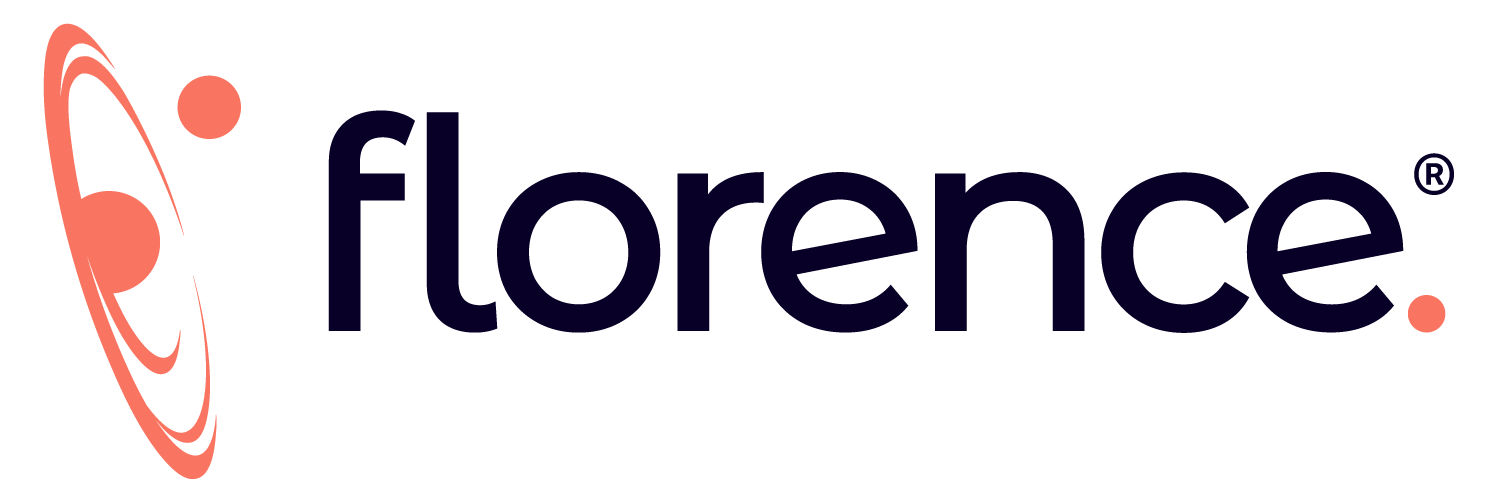How Remote Monitoring and Document Automation Can Reduce Site Management Costs
In our recent webinar on how remote monitoring can reduce costs by as much as 25%, we explored how technology can optimize clinical trials, addressing common myths and demonstrating tangible cost savings.
In today’s ever-evolving clinical trial landscape, one of the most pressing concerns is cost management. During the pandemic, remote monitoring became an indispensable tool to help sites stay open and keep running critical trials during the shutdown.
But is remote monitoring still as useful as it was back then? And how does it combine with document automation to help save costs in the post-pandemic world? We explored these key insights from the webinar to take a closer look at the power of remote monitoring.
What is Remote Monitoring in Clinical Trials?
Remote monitoring refers to the practice of overseeing clinical trial processes from a distance, reducing the need for on-site visits by clinical research associates (CRAs). This can involve monitoring documentation, data collection, and site compliance through a digital platform, providing real-time access to site activities.
While remote monitoring does not entirely eliminate the need for on-site visits, it allows sponsors and CROs to cut down on travel, reduce the frequency of in-person check-ins, and streamline workflows. This shift to a hybrid approach, blending both digital and on-site practices, increases efficiency without sacrificing quality or compliance.
The Role of Document Automation
Document automation in clinical trials involves the use of digital platforms to collect, store, and distribute essential trial documents such as investigator site files (ISFs), regulatory documents, and patient records. By using document automation tools, sponsors can reduce the burden of manual paperwork, allowing site staff to focus on core responsibilities like patient care and recruitment.
This process helps streamline workflows, reducing duplication of tasks and improving the overall trial experience for all stakeholders. The goal is to create an efficient, scalable system that can handle the complexities of a clinical trial without adding unnecessary administrative burdens.
How Do These Technologies Save Costs?
- Reducing Startup Costs
Remote monitoring and document automation can significantly reduce the time and resources needed for site startup. By automating document collection and distribution, sponsors can eliminate the need for manual ISF preparation, shipping costs, and on-site visits for document review. For example, studies have shown that using these technologies can lead to savings of over $90,000 in startup costs across a typical 100-site, phase III trial.
- Streamlining Monitoring Activities
Monitoring is one of the most cost-intensive aspects of a clinical trial. On average, clinical trials require 18 monitoring visits per site, but by utilizing remote monitoring, sponsors can replace nearly half of these with digital document reviews. This saves on travel, accommodations, and time spent preparing monitoring visit reports. Analysis from real-world case studies shows that sponsors can save up to $2 million in monitoring costs by integrating remote monitoring into their processes.
- Expediting Study Timelines
Speed is a critical factor in clinical trials, especially during site activation and study enrollment. Remote monitoring and automation help streamline workflows, reduce delays, and accelerate study timelines. For example, Pfizer used digital connectivity to speed up their COVID-19 trial demonstrating the power of these tools to increase operational efficiency.
- Mitigating Global Risk
For global studies, remote monitoring provides a consistent, compliant process for overseeing sites, regardless of location. Digital tools can ensure that even sites in countries with less-developed technological infrastructures have the capability to meet global standards. For instance, Florence’s SiteLink®
is compliant across more than 90 countries, offering sponsors confidence that their trials meet local regulatory requirements.
- Creating Actionable Insights
By digitizing workflows and document management, sponsors can unlock new levels of data analysis and insight. Digital platforms like Florence’s eBinders™
collect and store vast amounts of data related to site performance, compliance, and patient outcomes. This data can be used to optimize future trials, helping sponsors make more informed decisions and improve protocol adherence across sites.


